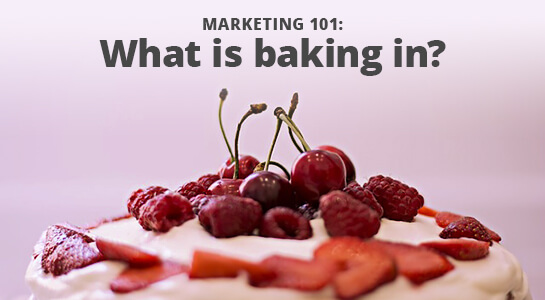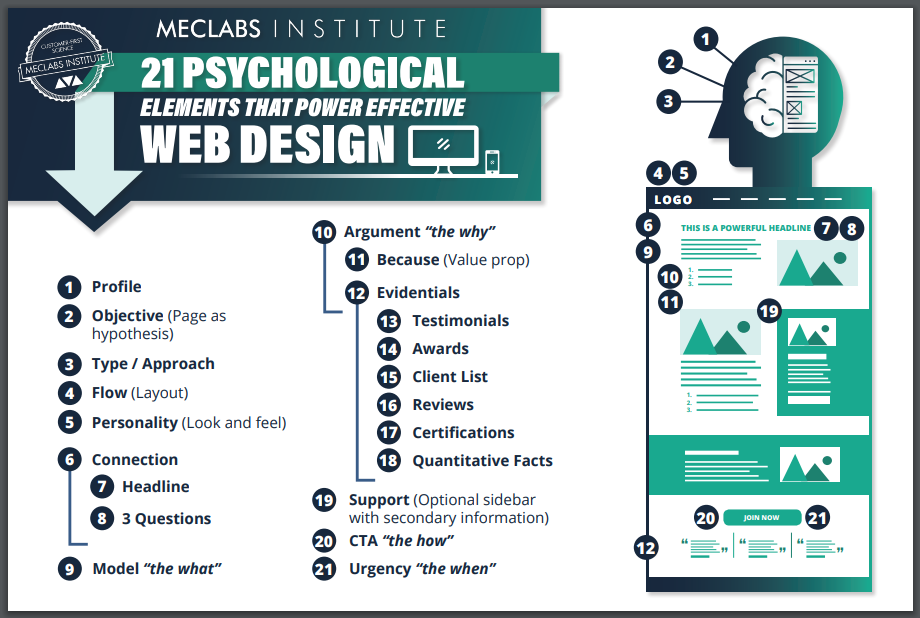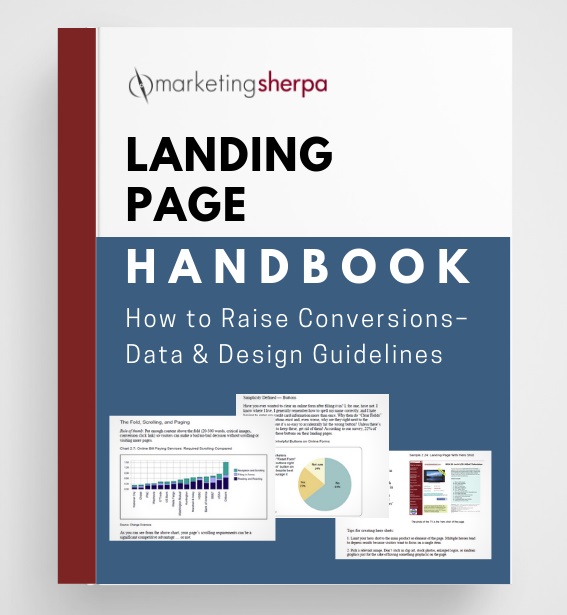Marketing 101: What is baking in?
Marketing has a language all its own. This is our latest in a series of posts aimed at helping new marketers learn that language. What term do you find yourself explaining most often to new hires during onboarding? Let us know.
In a recent MarketingSherpa article, ConversionXL Research Director Ben Labay says, “I think we are getting better as an industry at baking in an experimentation process and culture into our organizations.” (from Ask MarketingSherpa: Maturity of conversion rate optimization industry)
That raised the question — what exactly is meant by “baking in” in a business and marketing context?
If you click on that link and read the final article, you’ll see that we chose to include the parenthetical statement “[including as an integral part]” to clarify the term baking in.
Baking in means including, in a sense. But that misses the nuance. When you’re baking something in, you’ve considered it from the get-go. So that’s why we went with “[including as an integral part]” not just “[including.]”
Not just a cherry on top
Just like when learning a new language, understanding the nuance to a term is crucial to speaking the business lingo fluently in an industry. In this case, the nuance is meant to communicate that the thing being discussed is not just included, but included as an essential, core part from the very beginning.
I suspect the analogy comes from baking itself. You could just add icing to the top of a cake. Or a cherry on top.
But when you bake something in, it’s really part of the dessert.
Words mean what people think they mean
Language is a funny thing. As marketers, we may be trying to convey a certain denotation (literal meaning) or implying a certain connotation (the idea of feeling invoked by a word), but if our audience doesn’t get the essence of what we are trying to communicate, that communication has not happened.
So I wanted to reach out to some others and get their thoughts on the term “baking in” to see how it aligned (or diverged) with my own understanding. And perhaps with yours as well.
It’s a pretty interesting little experiment. We take this business lingo for granted. But miscommunication happens when we assume we know what the other person is talking about, and professionals (especially newer workers in a field) rarely like to admit their ignorance of an inside term.
As you read the responses below, note how we all generally tend to agree on the meaning of the term. And yet, we all add our own little nuances to the meaning. A good example of why we should always confirm that others understand what you’re talking about, especially when using insider lingo.


















